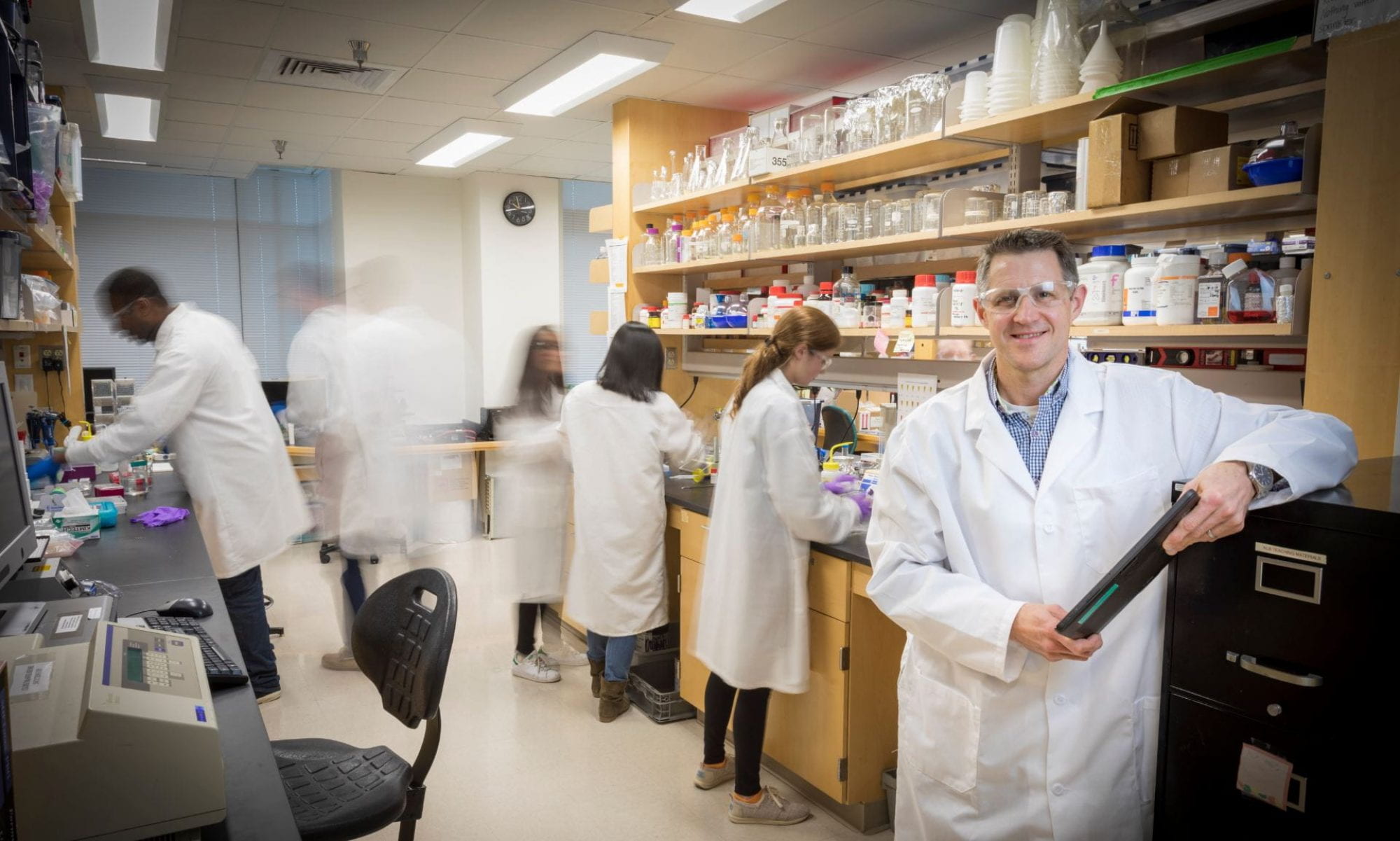The Billiar Lab carries out research in the burgeoning, interdisciplinary field of mechanobiology, using 2-D and 3-D in vitro models to investigate the mechanisms by which mechanical forces regulate cell and tissue behavior, extracellular matrix biochemistry, biomechanics, and disease pathogenesis.
Studying cells within the body is important, but lacks fine control. To make the study of mechanical forces on cells easier, the Billiar lab has created a number of small model systems. These models can act as ’tissues’ in a petri dish and allow the Billiar lab to gain insights into how mechanical forces allows miniature tissues to stay healthy or changes them to start a disease; the Billiar lab is specifically interested in disease of the heart valves. An additional use for the models is to identify the most important components in creating new tissues. One of the Billiar lab’s models is used to identify the most important mechanical and environmental factors in creating successful heart valves. This work will help people whose valves are no longer healthy and might need a new one.
Combined Effects of Stiffness and Dynamic Stretch
 An area of focus in 2-D in vitro models is studying traction forces in individual cells under static and stretching conditions on gels of varying stiffness. We look at how cell behavior changes, mainly focusing on traction forces and α-SMA localization, and how gel stiffness and stretching can affect these.
An area of focus in 2-D in vitro models is studying traction forces in individual cells under static and stretching conditions on gels of varying stiffness. We look at how cell behavior changes, mainly focusing on traction forces and α-SMA localization, and how gel stiffness and stretching can affect these.
Mechanical Sensing on Nonlinear, Fibrous Gels
The Billiar group has also studied individual cells seeded on fibrous gels.  This research aims to understand the effects of the cell’s microenvironment and how it controls mechanical propagation throughout the gel. Cells can sense mechanical signals better through fibrous gels, which has implications for designing engineered tissues.
This research aims to understand the effects of the cell’s microenvironment and how it controls mechanical propagation throughout the gel. Cells can sense mechanical signals better through fibrous gels, which has implications for designing engineered tissues.
Emergent Behavior of Cell Populations

Another major area of focus is a 2-D in vitro model consisting of an array of cell aggregates, formed via a soft lithography method (microcontact printing). This allows for precise control of the substrate stiffness and ECM properties in a reproducible manner. This research thrust also includes studying cells under static and stretching conditions. Characterization techniques include traction force microscopy, atomic force microscopy, and confocal microscopy.
Functional Microtissue Models for Disease Modeling and Efficacy Testing

The Billiar group has also developed a 3-D model of tissue contraction between stationary posts, using valvular interstitial cells cultured with various growth factors. This research thrust focuses on understanding the effects of growth factors on tissue contraction in a model for in vitro heart valve development.
